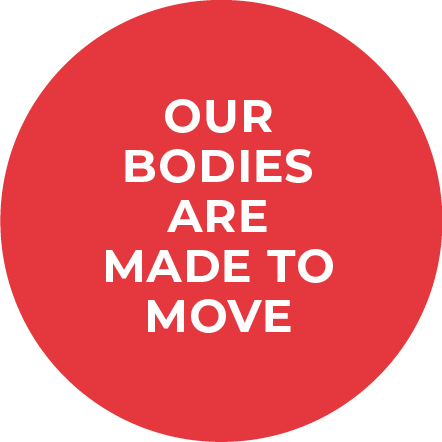Breakthroughs: Good Health Is the Foundation of Success

Caitlin Fregelette is a passionate advocate for student wellness, social-emotional health, and educating the whole child by supporting their well being. She is a health and physical educator at Calvert High School in Calvert County and was a state finalist for Maryland Teacher of the Year.
With school closures, mandated distancing, a global pandemic, and a national fight for social justice, our students and communities need us now more than ever. Teachers, parents, and the community are observing children struggle in these unprecedented times from the loss of social connections and physical activity.
We have an obligation to address adolescent obesity, teen substance abuse, and suicide; this pandemic has brought to light the need to make student health and safety a priority.
As educators, we know that the presence of one caring, compassionate, and consistent adult in a child’s life can help them overcome many obstacles. We know that one educator has the power to be the support a child needs to be resilient and prosper. This role cannot be taken lightly. We can maintain high expectations for learning while being empathetic, expressing kindness, and creating classroom environments focused on wellness. When our students are healthy, they will learn and thrive.

With a student health approach to education, we can support the physical and mental health of all students. Fitness and physical activity play a large part in mental health and cognitive development. Educators can utilize strategies to increase physical activity and learning in the classroom by engaging students in content through movement.
Research finds the brain is most attentive and prepared for learning after exercise. As a result, a protein known as brain-derived neurotrophic factor (BDNF), which is essential for learning and memory, increases. Higher amounts of the BDNF protein also reduce anxiety and depression. The human body is not designed to be sedentary, yet the expectation for children is to remain seated, quiet, and focused. During virtual learning, find ways to get students up and moving regularly by incorporating yoga, dance, and fitness activities for warm-ups or brain breaks.
We need to encourage multiple movement opportunities at school through daily quality physical education, recess, and physical activity breaks to support learning and the development of the whole child. Exercise can no longer be viewed as time taken from education. Instead, we need it as the essential tool that allows learning to occur. By taking a proactive approach to education and focusing on the health of the school community, student achievement will be directly impacted.

We can be educational leaders and champions for wellness in our schools by starting clubs that enhance the mental, physical, and social health of students. Share challenges on social media, through the school messenger, or on morning announcements that encourage students to practice health-enhancing behaviors like gratitude, exercising regularly, going outside for walks, journaling, meditating, creating music or art, and fueling their bodies with healthy nutrients. Build community connections with local fitness and yoga studios, the county health department, and hospitals to collaborate and make health a priority in schools.
Think of the ways in which Maryland would thrive if education focused on developing students’ skills in empathy, kindness, fitness, and emotional development alongside their academics. We can maintain academic rigor while promoting health-enhancing behaviors and allowing students to practice and adopt healthy lifestyles during adolescence.
Every student deserves the opportunity to develop the health skills that will enhance their lives. There is no better time than now—we have an obligation to help students lead healthy, productive lives.

